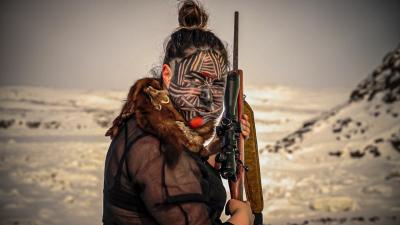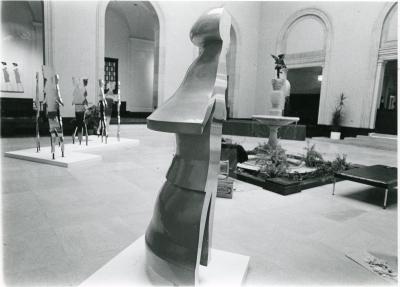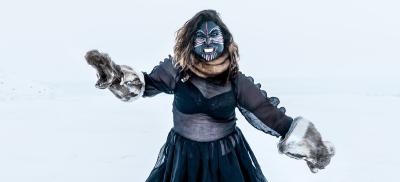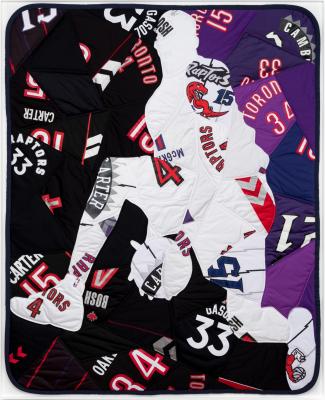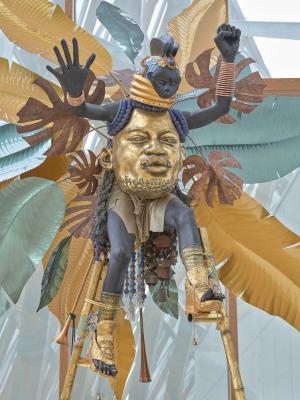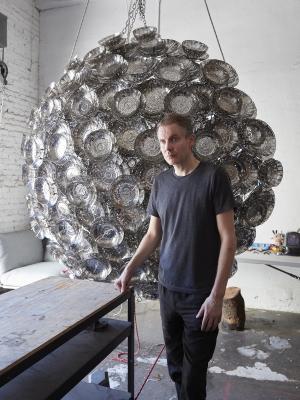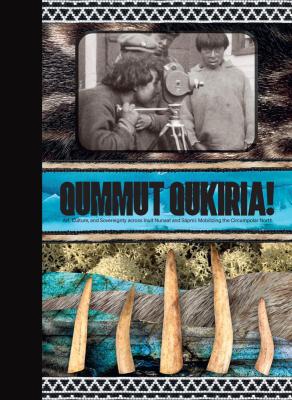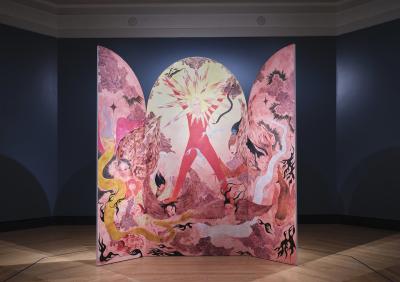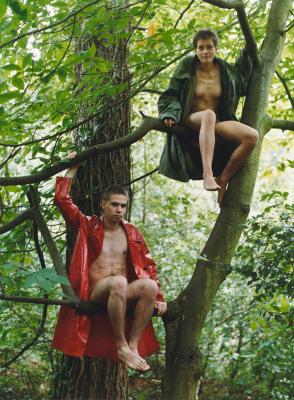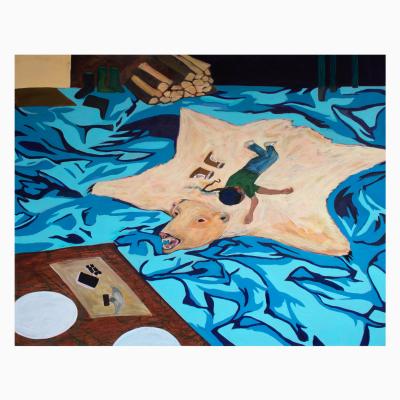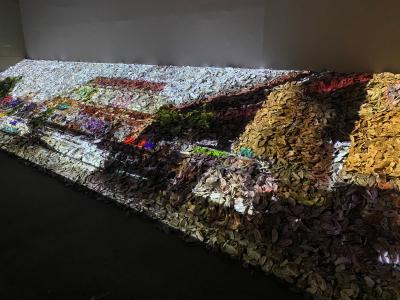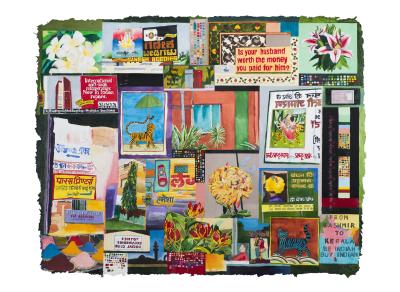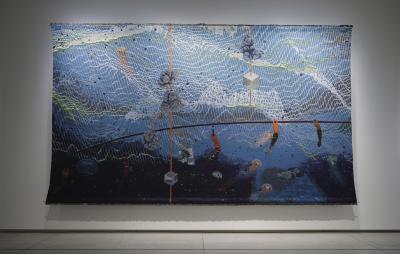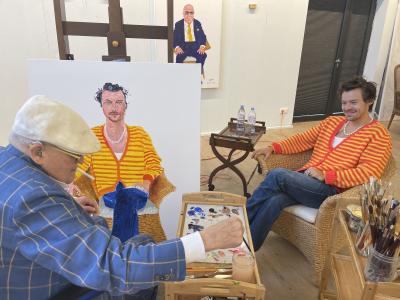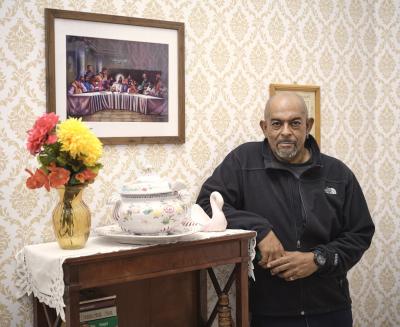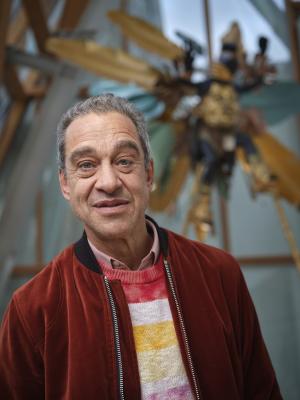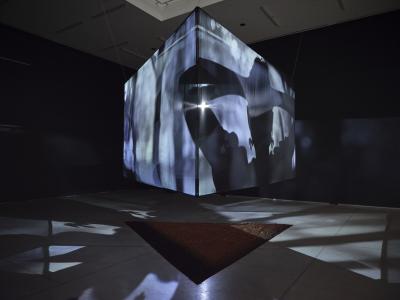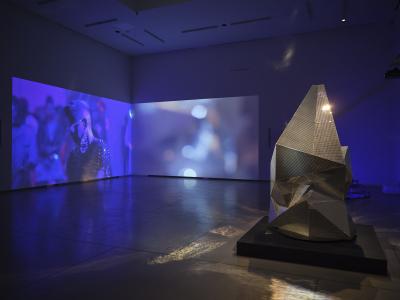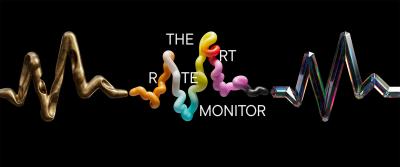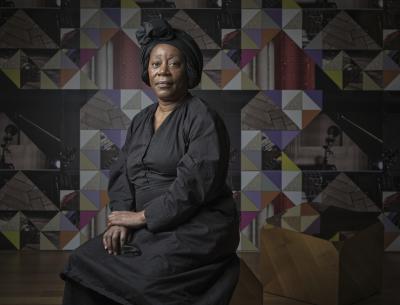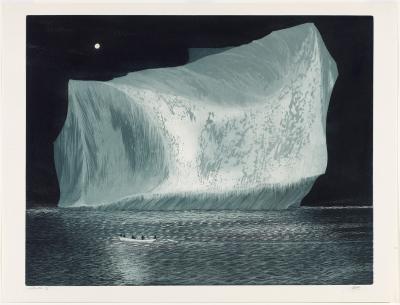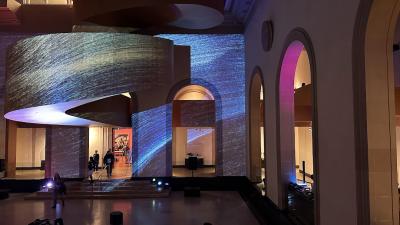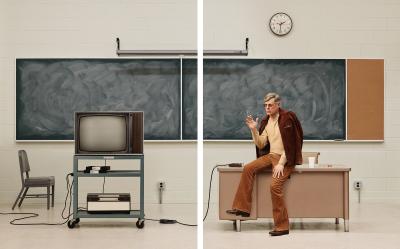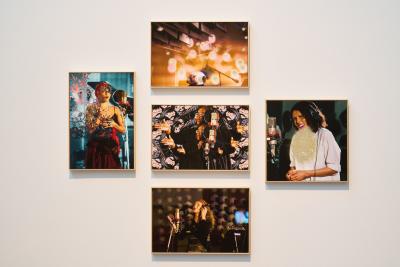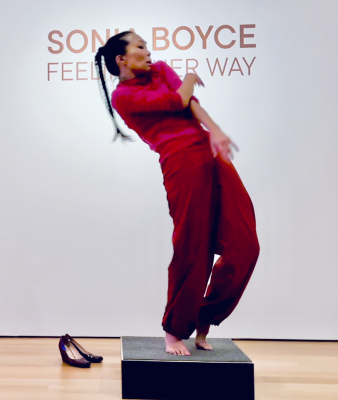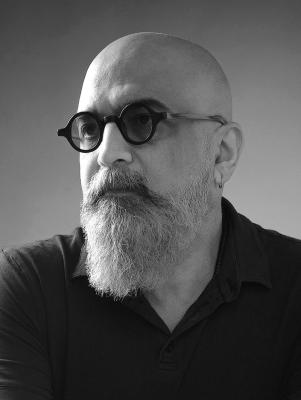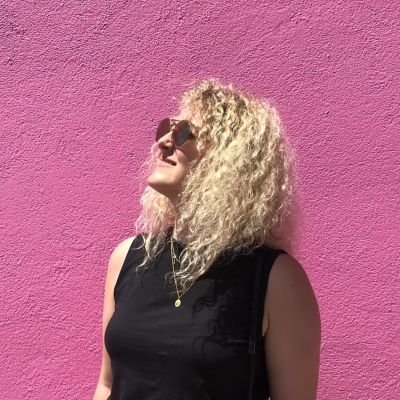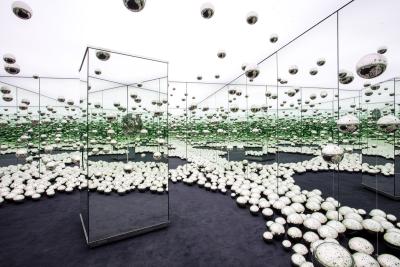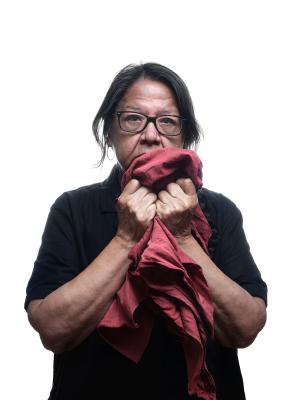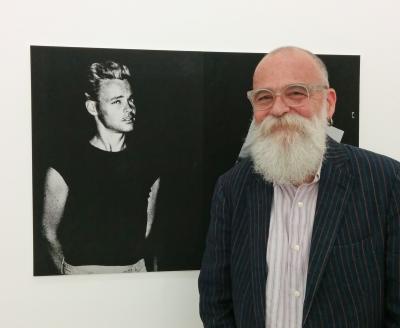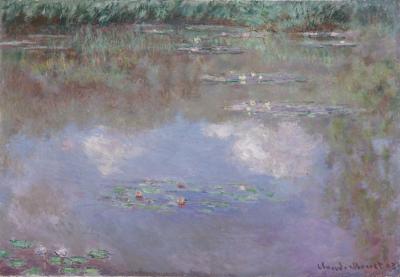Deconstructing the Artificial With Faisal Anwar
The hybrid artist shares how his practice incorporates technology, data, AI, and nature
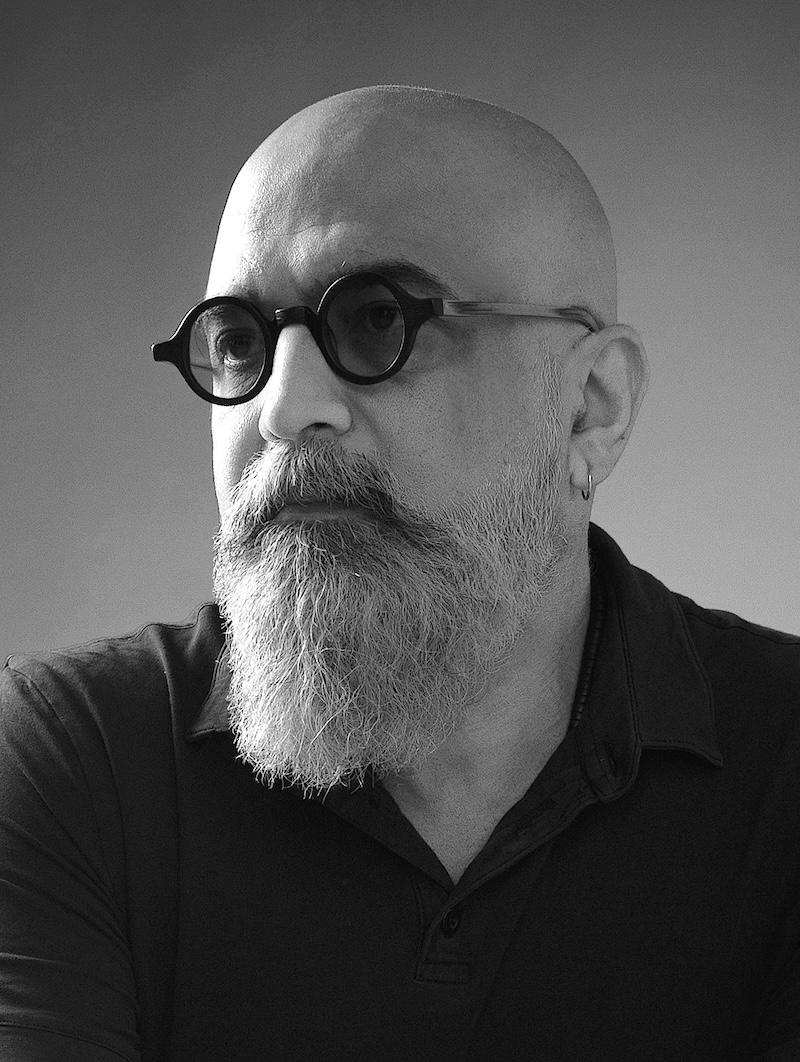
Photo courtesy of the artist.
Artificial dyes, flavouring, and timelier than ever, artificial intelligence (AI) – our relationship with “the artificial” is ever-evolving and increasingly complicated.
“The artificial” is the topic of the upcoming AGO X RBC Emerging Artists Workshop. This one-day workshop series acts as an open lab, offering emerging artists a chance to expand their toolset in time-based media and immersive and narrative-based experiences in a co-creative environment.
On Friday, March 7, from 2 pm to 9 pm, artists will gather at the AGO to workshop pre-existing visual and audio files evoking “the artificial” theme. From 7 pm to 9 pm, artists will publicly showcase a mash-up of their work in Walker Court.
This workshop is being co-facilitated by Hagop Ohannessian, an Armenian-Lebanese artist and the AGO’s Manager of AV, and Faisal Anwar, a hybrid artist, creative technologist, and curator.
Anwar practices at the intersection of art, design, technology, and emerging mediums. Arriving at this specific intersection was inherent for him. Born and raised in Pakistan, Anwar studied at the National College of Arts (NCA) in Lahore. There, he began experimenting across mediums.
“I think hybridity comes naturally to me. Back in the day, I was doing all these different mediums to express myself and try to find how I wanted to express certain ideas,” he reflected. “As the industry evolves, it's very organically became a process for me to understand what the role of design and art is in this contemporary time, and how we are intersecting different disciplines.”
Much of Anwar’s immersive work incorporates elements of nature, such as trees, flowers, dandelions, forests, often informed by real-time and archival data from open public networks, social media channels, audience engagement, and collaborations with scientists on their research. Much of his work is also responsive to its environment and offers interactive experiences for the audience.
Anwar founded CultureLab.art, an artist-led initiative that collaborates with institutions, researchers, and scientists to foster innovation and artistic expression, exploring complex narratives on ecology and climate impact while advocating for social change.
Through CultureLab.art, Anwar is currently working with climate scientists in North America, Brazil, and Pakistan to examine how climate change is affecting the migratory patterns of the purple martin, a bird that migrates across North and South America. Anwar is currently creating an immersive living and breathing forest experience simulating the effects of climate change in both the present and future. Utilizing multiple data sets including the purple martin’s migratory patterns, historical and real-time weather data, and scientific research, Anwar is developing a predictive future weather model for the forest using AI and machine learning.
At the surface level, using AI to depict natural elements and processes may seem paradoxical. Colloquially, the term “artificial” has become associated with a high-tech, futuristic society, especially when used as an adjective. However, artificial simply means something created by humans, oftentimes to mimic nature. For Anwar, the concept of “the artificial” bridges these two worlds
“To me, [the artificial] is something that lives between the organic form and the machine form, right in that middle space,” he explained. “There is this kind of organic collaboration between humans and machines, and that mixture of that collaborative intelligence is really interesting. AI enables me to simulate human learning.”
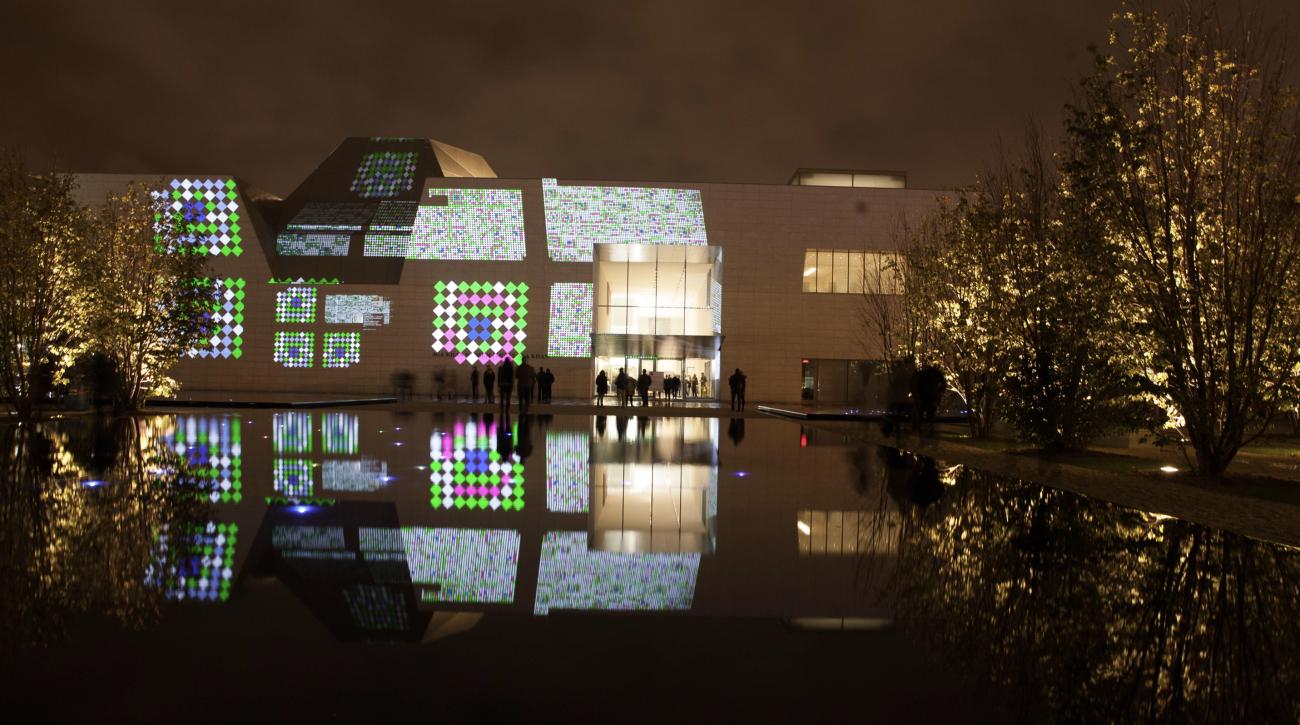
CharBagh-Sensory Garden, real-time data-driven interactive, large-scale projection mapping, 2016. Presented on the facade of the Aga Khan Museum, Toronto, as part of Nuit Blanche 2016. Co-curated with Zulifkar Hirji
With AI being used to create digital content, take food orders, and even create art, many are concerned with AI’s implications on society. While Anwar understands these sentiments, he doesn’t see AI as competition.
“I see AI as a collaboration; I don't see an opposition, but an integration,” he said. “I see AI as a very contemporary medium and as a tool for brainstorming sessions or prototyping your ideas. I’m not interested in the visual interpretation of the thoughts. I’m using AI machine learning modules to help me build on historical and present data. This helps me establish my creative decisions and make logical or illogical decisions of futurism.”
Another aspect of Anwar’s immersive practice is community and audience engagement. In his work Seeds of Hope (2024), Anwar collected thousands of prayers and wishes expressing a utopian vision of the world from open networks. He translated this data into two components: the first is an interactive and immersive installation that turned these wishes into a field of floating dandelion seeds. Audience members can also contribute their own thoughts, wishes, and prayers, which are translated in real-time into dandelion seeds that disrupt the colours and soundscape of the installation.
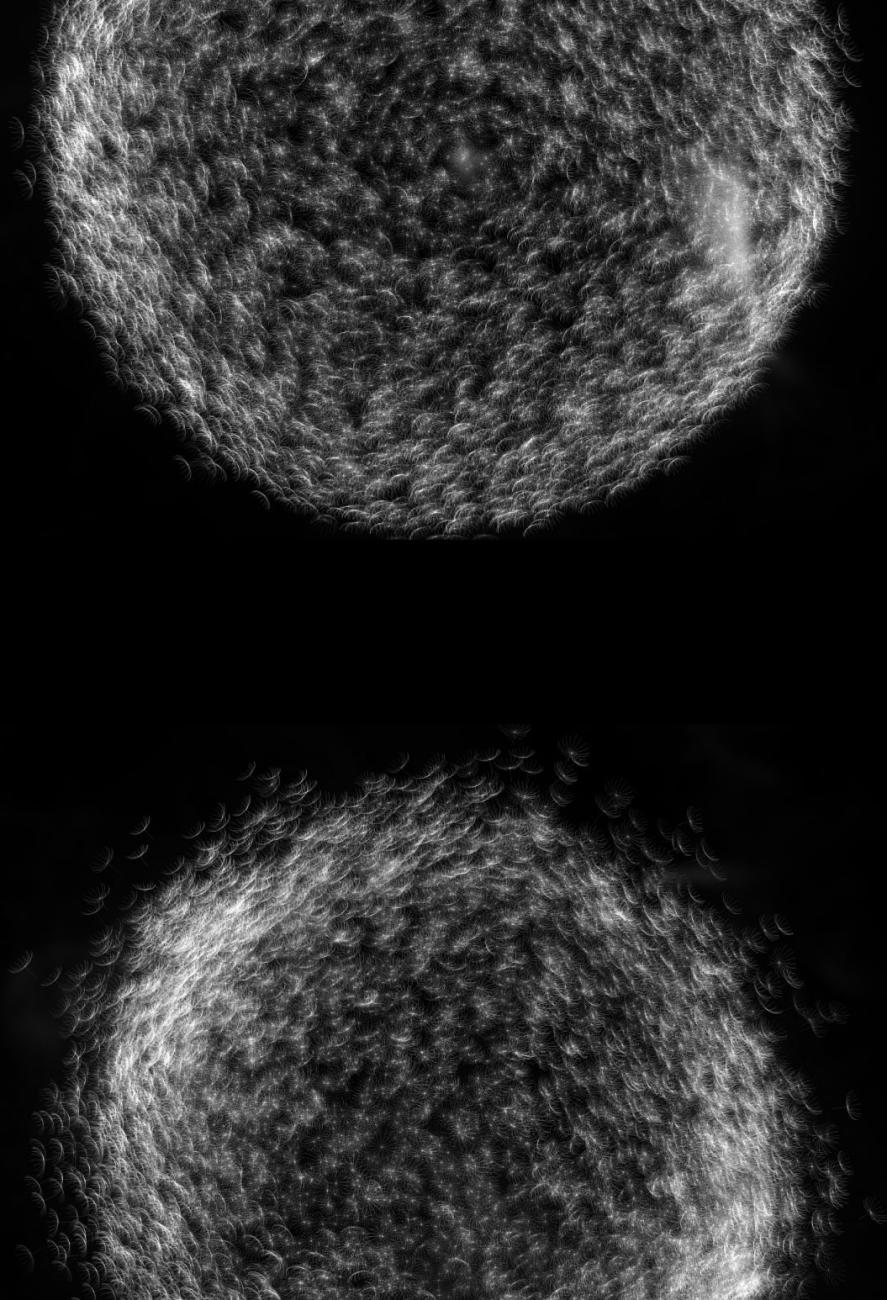
Seeds of Hope, Immersive interactive installation and participatory performance, 2024 (video still). Group exhibition curated by Dua Walla at the Show Gallery, Los Angeles, California
The second component is physical prayer rugs Quest and Dua (2024). With the help of local rug company Weaver & Loom who created AI software to help produce designs for rug weavers in Nepal, Anwar turned his data and complex algorithms into a pattern that the rug weavers could physically create, marking a milestone in his practice.
“This is the first time I tried something which has a digital life and is very generative and immersive, while also creating a very tangible, physical object driven by the same processes,” he said.
Seeds of Hope, Quest and Dua were part of a group exhibition curated by Dua Walla at the Show Gallery in Los Angeles, California. The prayer rugs were hand-knotted by Weaver & Loom in Nepal.
Facilitating the upcoming AGO X RBC Emerging Workshop, Anwar is excited to see how participants’ work will fuse and diffuse together in Walker Court, and how the audience will bring their experiment together. Similar to how he experimented wi bridging physical and digital realms in Seeds of Hope, he hopes participants will consider how different elements of immersive experiences interact, and how to find the right mediums or expressions to execute their ideas.
“I think [the workshop] may bring this understanding of how different disciplines and processes work together to create something that is immersive – how to use different technologies and think about the potential usage of AI in this equation. What is the role of art and art and artists in these contemporary times?”
Learn more from Anwar on creating immersive experiences by signing up for the AGO X RBC Emerging Workshop: “The Artificial.” Interested in the end product? Join Anwar and the workshop participants in showcasing their work in Walker Court on March 7 from 7 pm to 9 pm.

